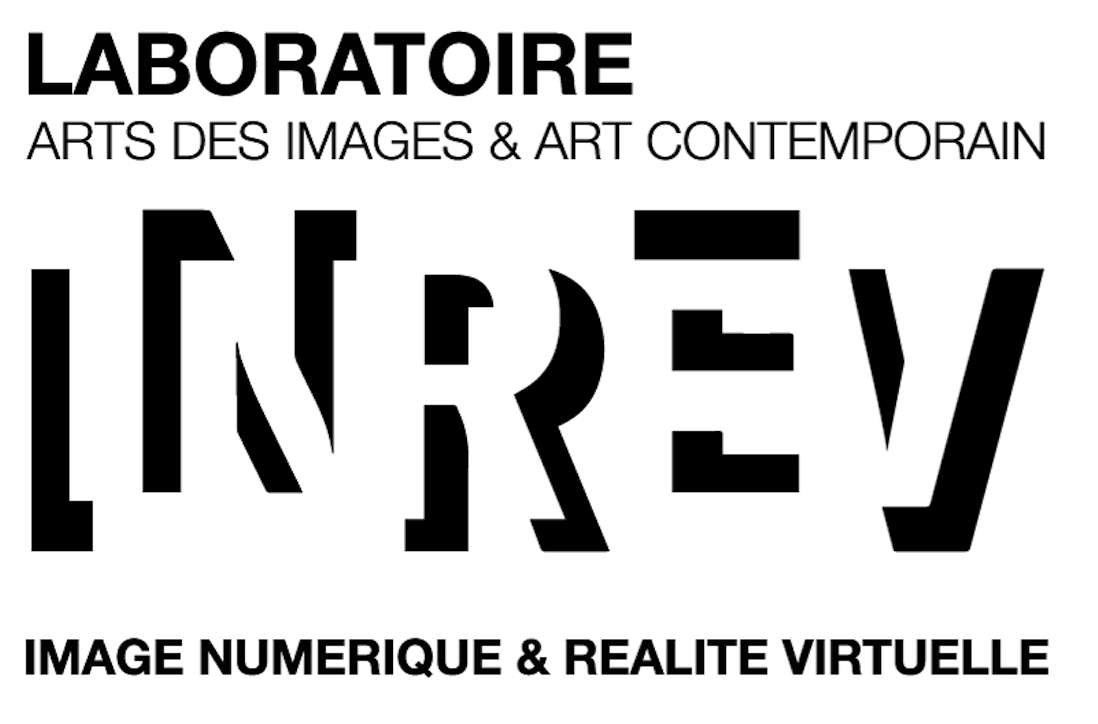Whether in the arts (digital art, cinema, theater, music, dance) or in the creative industries (animation, video games), one of the important current issues to be solved is that of the growing complexity in a dialogical man/machine and machine/machine modes which are hybridizing increasingly. We explore the transition from a logic of control to a logic of autonomy (crowd simulation, navigation with avoidance of obstacles, dialogue with an avatar, autonomous artistic creation, the internet of things, etc.).
The INREV team is structured around four major axes :
Axe 1 : Artificial Intelligence & Artificial Life (AI & AL) in relation to virtual, augmented or mixed reality in an art/science/technology.
The work of this axis aims to develop and create :
- virtual entities and avatars endowed with perception and action abilities, thanks to AI & AL algorithms, able to interact with the virtual environment, and with spectators/actors using interactive and immersive technologies, virtual augmented or mixed reality.
- we investigate the spectator’s participation in new aesthetic perspectives related to several themes such as the uncanny valley, the autonomy, the enaction theory, the empathy, etc.
Axe 2 : Relationships between digital art and the living arts :
The participation of the INREV team in the creation of interactive/immersive scenographies or live multimedia performances creates fertile ground for the study of the dialogue between digital art and the living arts (theater, dance, music, mime, circus, deaf poetry).
The team studies the new forms of scenography, gestures, relationships and aesthetics that open the use of Virtual/Augmented/Mixed Realities devices on headphones, screen (360 ° and/or stereoscopy), tablet or mobile, linked to AI & AL programs developed in Axis 1.
Axe 3 : Ludography : aesthetics and artistic practices of video games.
It consists of theoretical and practical research on :
- videogame narration aimed at translating interactive sensations specific to video games ;
- the expression of body and multisensory sensibilities (sense of movement,
- haptics, touch, vision, hearing, etc.) in the video game ;
- the influence of industry on the creative thinking of video games by taking a critical look ;
- the possibility of an alternative approach to consider videogame art as a means of contemporary artistic expression in close relation with the visual arts and the body arts.
Axe 4 : Tangible/intangible heritage : preservation, digitization, restitution and transmission
This axis studies :
- the preservation of digital artworks and the process of creation/reception of works,
- as well as the missions and know-how of heritage in the context of museum institutions.
- Safeguarding cultural heritage through the digitization, the three-dimensional restitution archaeological sites, the design of artistic experience and the mediation ;
- the primitive memory by a practice of “re-enactement” which interrogates and returns to a “primitive” memory by putting artistic performance at the heart of action research.
→ The INREV team is structured around these lines of research in connection with the teaching of the Master Digital Creation : “Course of Arts and Technologies of Virtual Image” and the Franco-Hellenic Joint Master “Arts and Virtual Reality multi-user course” (From the ATI department).







